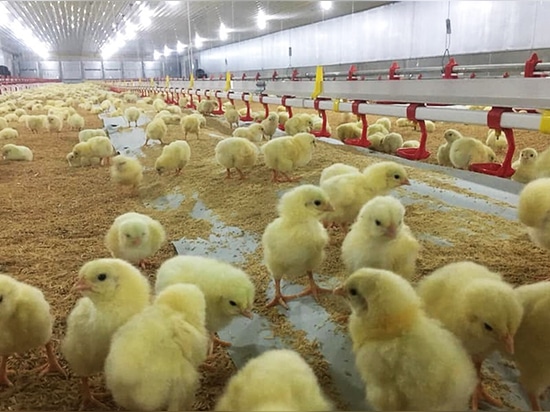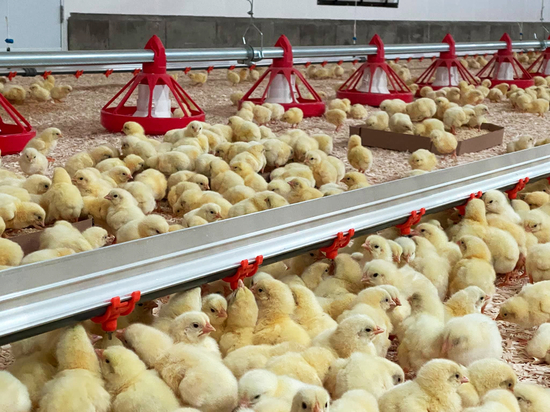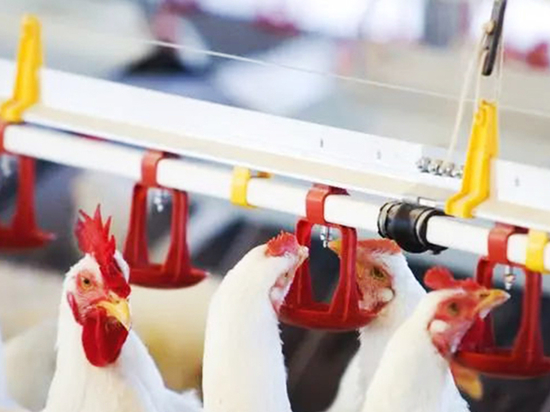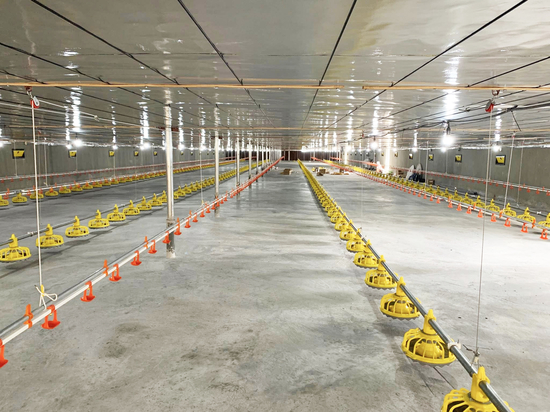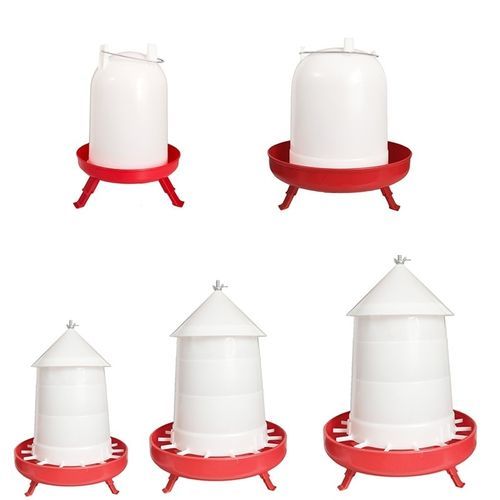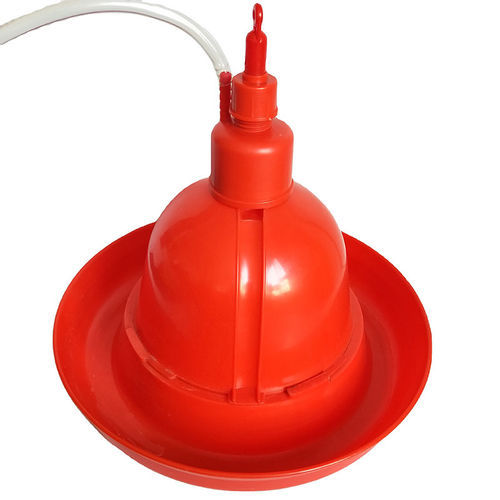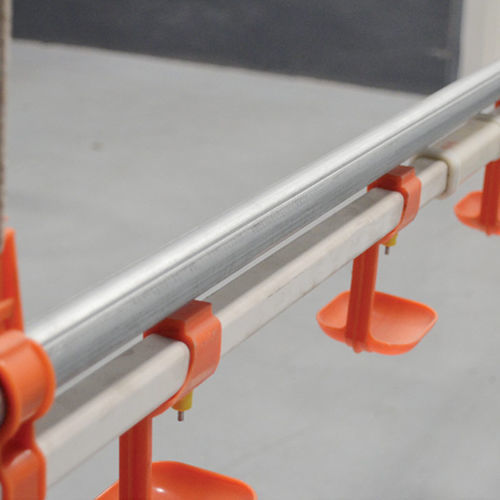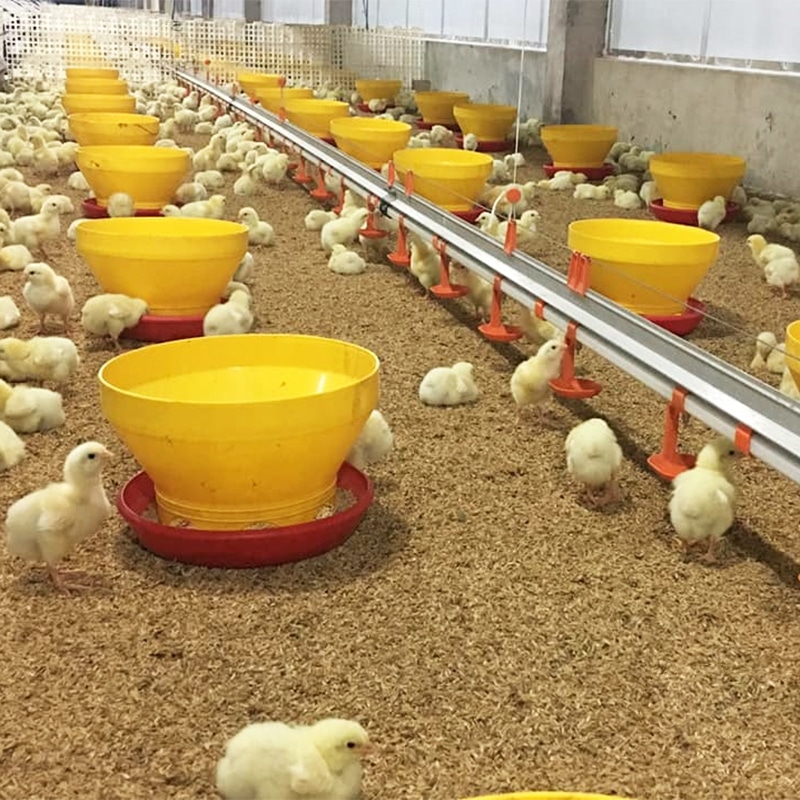
#Farm Machinery & Equipment
Poultry Farming in Canada: Breeds and Equipment
Poultry Farming in Canada: Breeds and Equipment
In Canada, the broiler chicken industry is known for its efficiency and modernization. Farmers primarily select fast-growing, high feed-conversion chicken breeds, combined with advanced farming equipment to ensure flock health and productivity. This article introduces common broiler chicken breeds in Canada and essential farming equipment, including manual and automatic feeding and watering systems.
Poultry Farming in Canada: Breeds and Equipment
1. Main Broiler Chicken Breeds in Canada
Plymouth White Rock
The Plymouth White Rock is one of the core breeds in Canadian broiler farming, renowned for its rapid growth and high-quality meat. These chickens have all-white feathers and a robust build, making them ideal for intensive farming.
Cornish White
The Cornish White is another widely used breed, often crossbred with the White Rock to enhance growth rate and muscle yield. Its well-developed breast meat makes it a primary source of broiler chickens in the market.
Specialty Breeds (e.g., Silkies, Taiwanese Chickens)
Beyond mainstream breeds, some Canadian farmers raise specialty chickens such as Silkies and Taiwanese Chickens to meet niche market demands. These breeds have a longer growth cycle but are valued for their unique flavor and texture.
2. Broiler Farming Equipment
Modern broiler farming relies on efficient equipment, with feeding and watering systems being particularly crucial. Below are the common types of equipment used in Canadian farms:
1. Manual Feeding and Watering Equipment
Manual systems are suitable for small-scale farms or specific growth stages, such as brooding.
Manual Feeders
Typically made of plastic or metal, these feeders are simple in design and easy to clean. Workers must refill them regularly to ensure chickens have constant access to feed. Their advantage lies in low cost, but they require more labor.
Manual Drinkers
Common types include bell drinkers and cup drinkers. Bell drinkers rely on gravity to supply water and are suitable for chickens at different growth stages. Cup drinkers reduce water waste but require manual refilling.
Poultry Farming in Canada: Breeds and Equipment
2. Automatic Feeding and Watering Systems
Large-scale farms widely adopt automation to improve efficiency and reduce labor costs.
Automatic Feeding Systems
These systems include feed conveyors, hoppers, and smart controllers. Feed is delivered through pipes or chains to troughs inside the coop, ensuring a steady supply. Advanced systems can adjust feed portions based on growth stages, optimizing feed conversion rates.
Poultry Farming in Canada: Breeds and Equipment
Automatic Drinking Systems
Nipple drinkers are the most common automatic watering devices. Chickens activate water flow by pecking at the nipples, ensuring clean water and minimal waste. Some farms also use waterline circulation systems with filtration and disinfection for hygiene.
3. Environmental Control Equipment
Beyond feeding and watering, modern farms utilize temperature, ventilation, and lighting systems to create optimal conditions.
Temperature Control Systems
Heat lamps and heaters are essential for brooding, as chicks are highly sensitive to temperature changes.
Ventilation Systems
Proper airflow reduces ammonia levels and lowers the risk of respiratory diseases.
Smart Monitoring
Some large farms employ IoT technology to monitor real-time data on temperature, humidity, and feed consumption, using analytics to improve management.
3. Conclusion
Canada’s broiler farming industry combines high-quality breeds with modern equipment to ensure efficient production. Whether on small family farms or large commercial operations, selecting the right breeds and equipment is key to success. With advancements in automation, poultry farming is becoming smarter and more sustainable.
